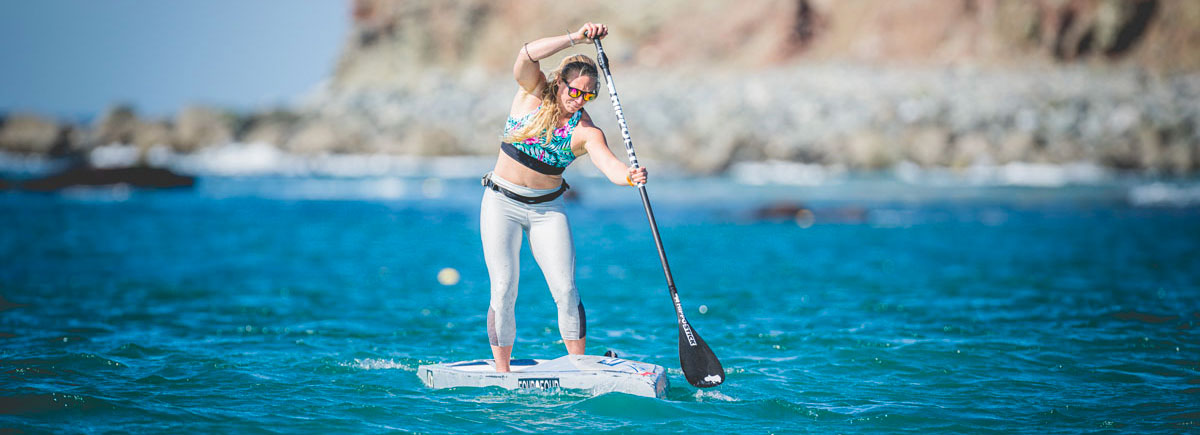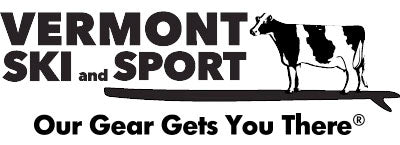EMAIL US

Rotation Is Power
When we look at sports like golf, tennis, and boxing you can see how rotation allows the athlete to create power in their sport specific movement patterns. In all paddling sports there has always been a significant historical presence of using rotation and counter rotation to start and end the stroke.
To accomplish this rotating, our body smoothly and definitively twists through the upper and lower torso. Utilizing twist codifies the reach, generates power, and will give a better connection/engagement to the water.
This task and purpose should be smooth and start early in the stroke. Rotating forward creates a coiling of the muscles and counterrotating back to square unleashes this powerful energy.

Watch Danny Ching and April Zilg some of the most prodigious paddlers in the world. If you study their technique it’s deliberate, smooth, and well executed.
Now go out there both on land and sea and get your rotation mojo dialed in. See below our list of key points for dialing in this important aspect of your technique.
1.) Make sure your body moves well off the water and that your dry land training makes time for mobility drills and what I like to call quiet rotation drills. Ask me about our basketball rotation drill which is easy, accessible and a lot of fun!
2.) Upper body and lower body rotation is highly influenced with proper breathing. Conversely it will lock you up if you have what i call “aberrant breathing practices”.
3.) The reach can be accomplished by “Quiet Rotation” along with a subtle hip hinge.
4.) The rotating and counter-rotating phases enable the body to be aligned and to maintain the paddle perpendicular to the board.
5.) When you start the catch you will be rotated and it’s the counter rotation back to square where the magic happens.
6.) Keeping ankles and knees slightly bent helps keep the hips up and forward during the initiation phase. This forward hip position is crucial for balance, timing, and power production.
7.) Using rotation engages the core musculature.
8.) Keeping your head up and eyes gazing forward plays a critically important role with initiation and rotation. STOP LOOKING DOWN AT YOUR PADDLE BLADE ENTERING THE WATER.
9.) The use of elastic bands, a plastic stick, and other implements on land to develop rotary awareness and conditioning will go a long way. Ask about our coaching to learn these.

Leave a comment